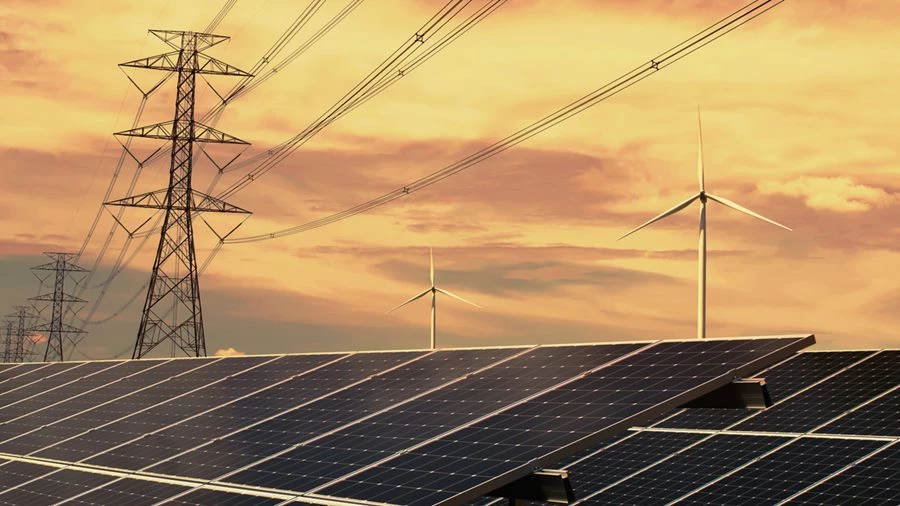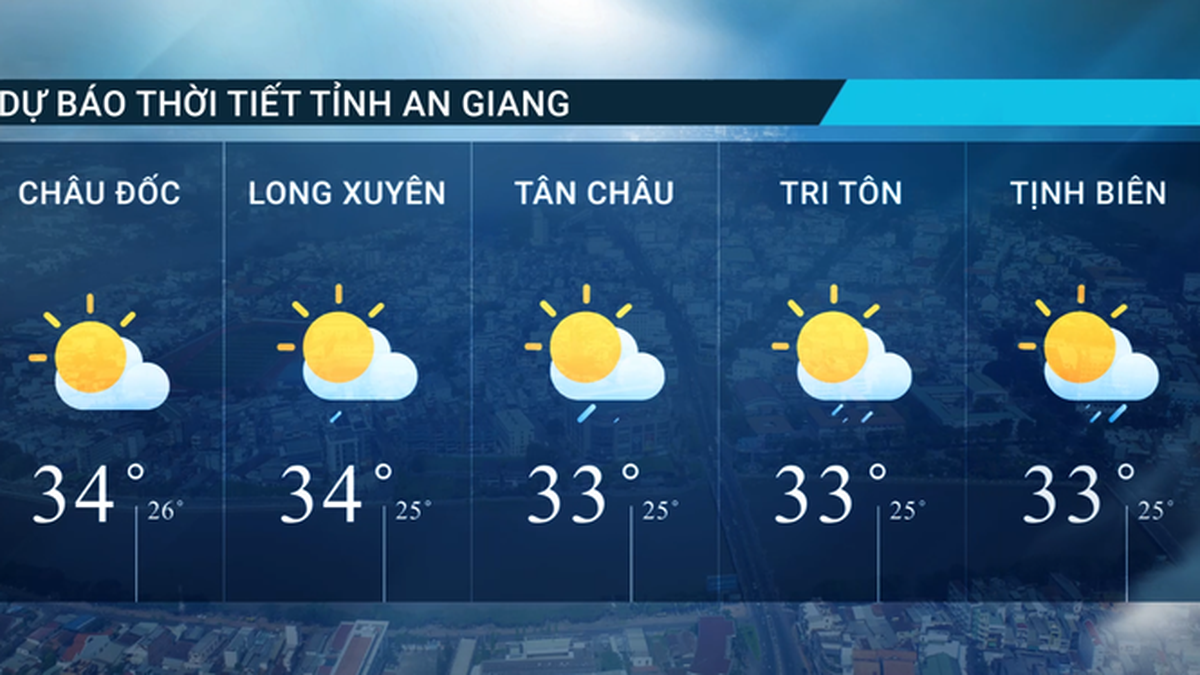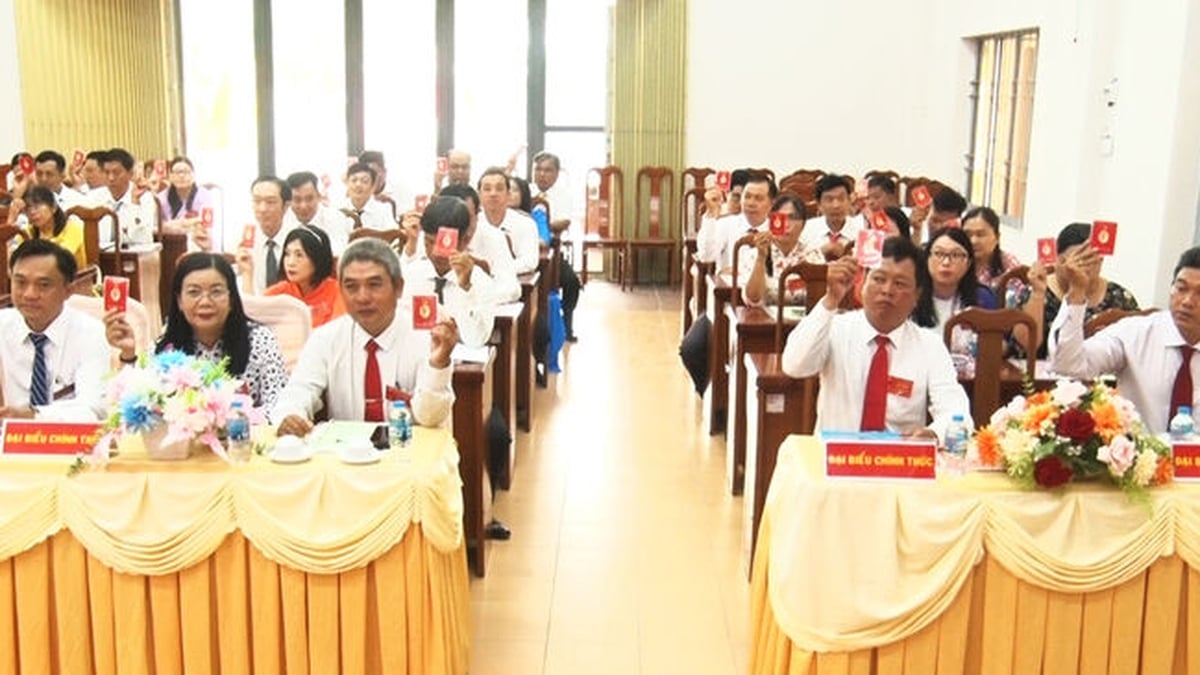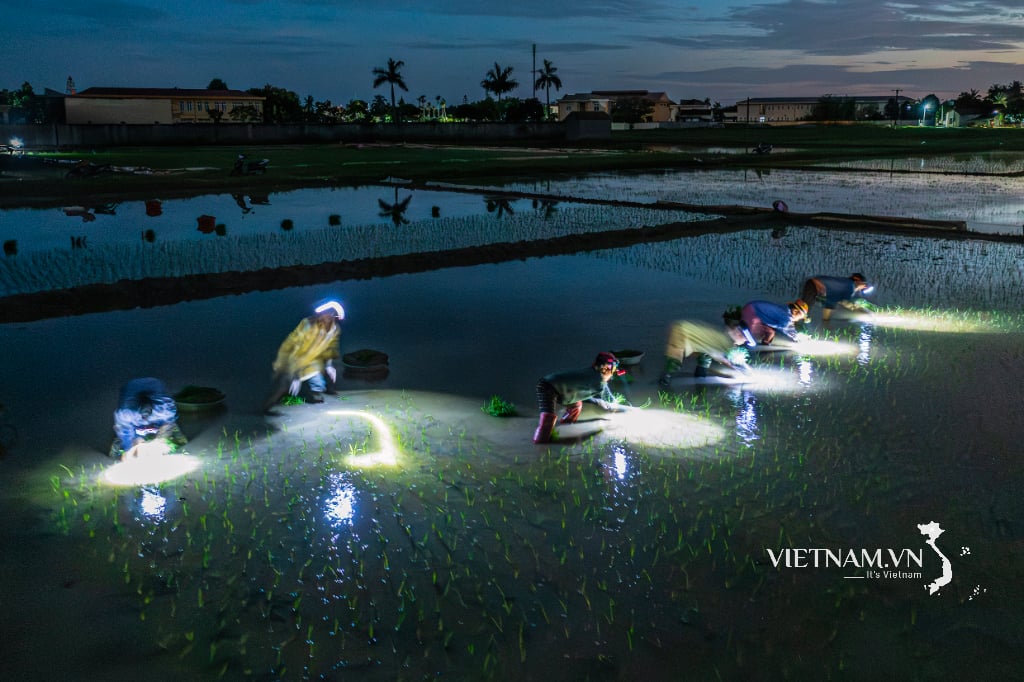DNVN - Integrating renewable energy is a key factor in modernizing the grid, reshaping the way we produce, distribute and consume electricity.
The goal of grid modernization is to transform the current electric power infrastructure to meet the demands of the 21st century and beyond. This transformation of the grid and energy markets is a complex and ongoing process. Collaboration between utilities, technology companies, policymakers, and consumers is needed to overcome the challenges and seize the opportunities of grid modernization. A key element of this transformation is the integration of multiple technologies, including renewable energy, into the grid.
History of renewable energy on the grid
Renewable energy is one of the oldest forms of energy production. Windmills and water wheels have been used for centuries to produce mechanical power as well as produce food. However, with the onset of the industrial revolution, steam engines and coal became the main sources of energy. The widespread oil crises of the late 20th century spurred renewed interest in renewable energy, especially from mainstream sources such as solar, wind and hydropower.
The 21st century has seen a dramatic increase in the use of renewable energy sources, with solar and wind expected to account for 95% of global renewable energy capacity expansion. Forecasts suggest that by 2025, renewables will overtake coal as the world’s largest source of electricity. This dramatic shift in energy sources has important implications for global emissions and the future of the electricity grid.

Many renewable energy sources are playing an important role in improving the reliability, efficiency and sustainability of the grid.
Renewable energy supports grid modernization
Several renewable energy sources are playing an important role in improving the reliability, efficiency and sustainability of the grid, including:
Solar: Solar energy is generated by using photovoltaic panels to convert sunlight into electricity. This can be done in individual homes or in large solar farms.
Wind: Wind power uses wind turbines to harness kinetic energy to generate electricity. Wind power is typically produced on large wind farms in vast plains, but new turbine technologies are making it increasingly possible to produce wind power on a smaller scale.
Hydroelectricity: Hydroelectricity uses dams to harness the energy of flowing water to generate electricity. This form of energy production has been around for centuries and remains the largest source of renewable energy in many parts of the world.
Bioenergy: Bioenergy uses organic materials, such as wood, agricultural waste, and algae, to create fuels that can replace fossil fuels. Bioenergy has become the largest source of renewable energy globally today, accounting for 55% of renewable energy and more than 6% of global energy supplies.
Geothermal: Geothermal energy harnesses heat stored in the Earth to generate electricity or heat. Geothermal heat pumps have become a popular choice for homes as an alternative to furnaces and air conditioners.
Tidal and wave energy: Tidal and wave energy harnesses the natural movement of ocean tides and waves. This is an emerging area of energy research and development, with projects using submarine wave devices and tidal turbines just beginning to take off.
Each of these energy sources has its own advantages and disadvantages, and the choice of the right energy source for a particular region or application depends on many factors, including climate, geography, and economic conditions. These factors may limit the use of some types of renewable energy, but the right energy mix can have a positive impact on grid modernization.

Mr. Matthew Borst.
Benefits and challenges of renewable energy for grid modernization
Using renewable energy is a key element in transforming the traditional grid into a more energy efficient and sustainable grid. Modernizing the grid brings many benefits to the system as well as to users. Power companies benefit because renewable energy can produce electricity continuously - eliminating the need to rely on fossil fuels sourced from unstable regions. Renewable energy decentralizes power generation, making electricity more widely distributed to improve energy resilience. This can reduce the need to build new power plants and grids.
Users benefit because renewable energy produces no or very low emissions of greenhouse gases or air pollutants, improving air quality and the overall environmental impact of electricity generation. Renewable energy also creates many new energy jobs and can stimulate economic growth in many regions.
Although renewable energy offers significant benefits for grid modernization, its adoption and deployment face many challenges. Building renewable energy infrastructure requires high initial investment, but costs decline over time. In particular, construction costs are higher because renewable energy requires energy storage for large-scale operations. Some renewable sources, such as solar and wind, can be subject to intermittent power generation due to weather conditions, making it difficult for utilities to plan for demand. Additionally, some renewable sources are dependent on geographic conditions, such as flat terrain or water availability, making it difficult to use outside of those areas.
Addressing these challenges is essential to expanding renewable energy sources and modernizing the grid. Developing the right energy mix and ensuring sustainable electricity supply is key to successful implementation.
Future roadmap
The transformation of the grid and energy markets is a complex and ongoing journey. Investing in infrastructure upgrades, developing innovative technologies and collaborating with market stakeholders are all ways to unlock the full potential of renewable energy to modernize the grid. This will enable the world to build a more resilient, efficient and sustainable grid for the future. Like a balanced investment portfolio, the grid will be shaped by sustainable energy sources in the future.
Matthew Borst, Keysight Technologies
Source: https://doanhnghiepvn.vn/cong-nghe/nang-luong-tai-tao-giup-hien-dai-hoa-luoi-dien/20250120030218281
































































































Comment (0)